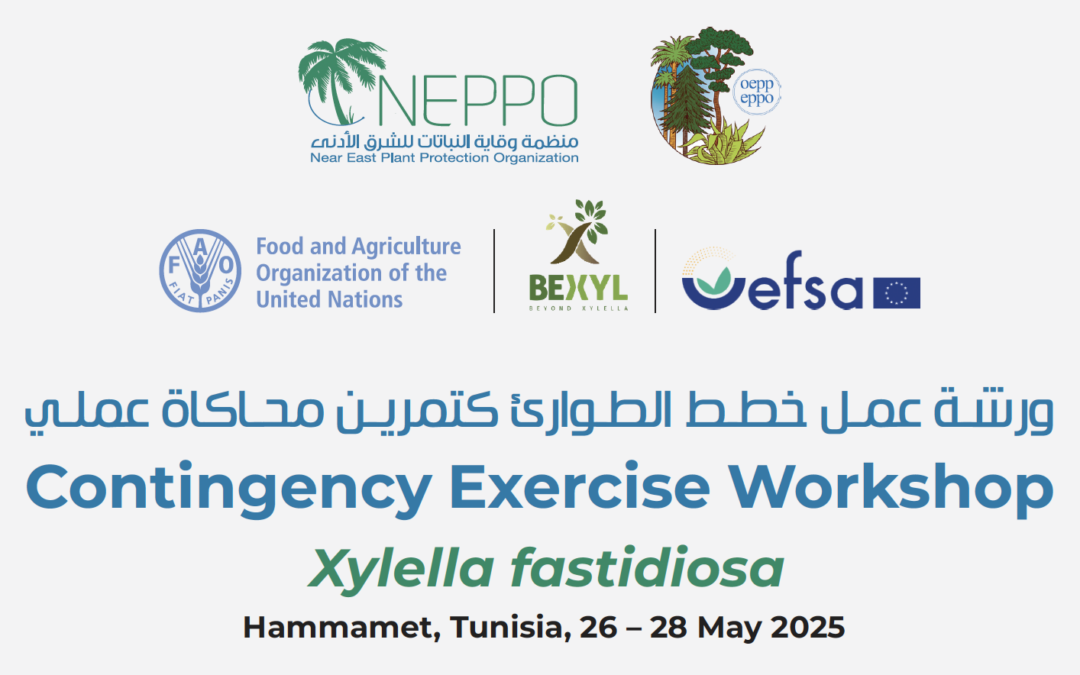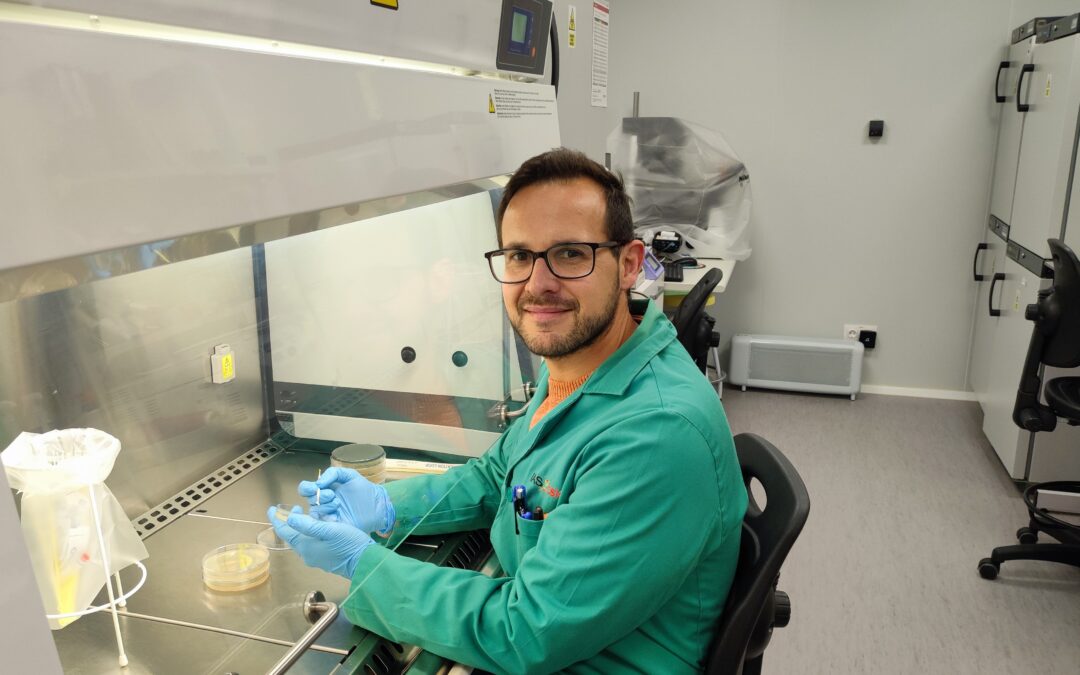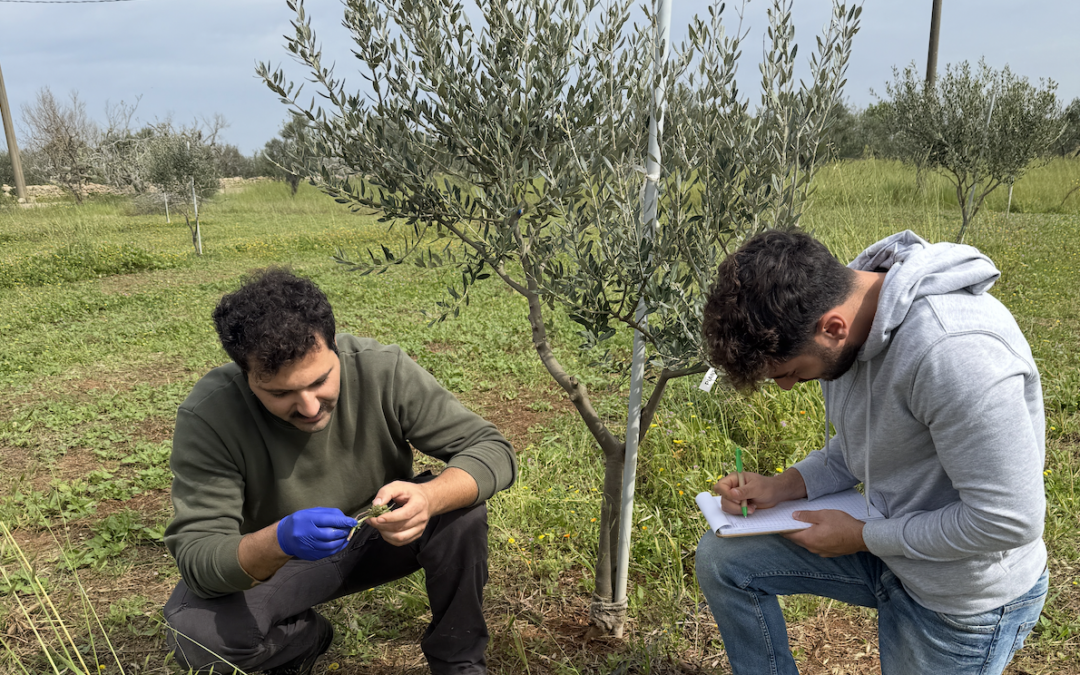A bank is a place where you can protect your most valuable assets. It is also an organization that helps to keep the economy going by circulating, lending and investing resources. For plant science research, the functions of a germplasm bank are not so different. A germplasm bank conserves plant material, safeguarding scarce and, therefore, valuable varieties and protecting them from loss. And it makes that living capital available to help keep scientific research going. For a better understanding, we spoke to Angjelina Belaj, curator of the World Olive Germplasm Bank of Cordoba (WOBGC) and researcher involved in the BeXyl project.
What is the World Olive Germplasm Bank, and why is it important?
The World Olive Germplasm Bank of Cordoba (WOGBC) was the first international attempt to conserve and manage olive germplasm through a joint project between the Food and Agriculture Organization (FAO) and National Institute for Agriculture and Food Research (INIA-CSIC), with the support of International Olive Council (IOC) support. This international collection was established in 1970 in Córdoba at the experimental farm “Alameda del Obispo” of what is now the Andalusian Institute for Research and Training in Agriculture, Fishery, Food and Organic Production (IFAPA). It is also the reference olive germplasm bank, entrusted with the conservation of national olive genetic resources and part of the Spanish Genebank Network coordinated by INIA-CSIC. Since its creation, the WOGBC has grown continuously, thanks to new accessions from national and international prospecting surveys, accessions provided by partners of the IOC network, to which the collection belongs, and by various scientific institutions. Nowadays, WOGBC contains more than 1200 accessions from 29 countries, of which about 33% are of Spanish origin. It includes the most significant number of cultivars, around 750, in any olive collection.
What kind of varieties are we talking about?
Most of olive cultivars are traditional and local varieties, which are gradually being replaced in cultivation by a limited number of both traditional and newly bred cultivars able to fulfil the requirements of the new olive growing management. In this sense, the WOGBC plays a vital role against the risks of genetic erosion in olive. In addition, the plant material maintained in the WOGBC collection and its study through multilateral and multi-institutional projects have contributed to the generation of important knowledge on species diversity at the morphological, agronomic, molecular, and genomic levels, as well as making it available for comparative trials and olive breeding programmes.
How can the germplasm bank be used in the research for Xf?
The germplasm bank is a very useful source of diversity against current and future biotic and abiotic stresses. In the case of Xylella fastidiosa, testing WOGBC cultivars under both controlled and field conditions may contribute to finding cultivars resistant or tolerant to the disease caused by this bacterium. At the same time, the potentially interesting WOGBC cultivars identified, might provide the genetic base for the generation of new resistant olive cultivars by breeding. As part of various projects, such as XF-ACTORS and E-RTA-Spain, both controlled and field screening trials have been started in Italy and Mallorca involving representative material plant material of olive genetic variability from the WOGBC and Olive Breeding Programme of IFAPA Córdoba.
What are the BeXyl research lines WOBC is involved in?
WOBC is mainly involved in using thermal treatments [work package 3] for sanitation of plants and production/trade of Xf-free nursery materials, developing genomics tools linked to Xf resistance and their application for germplasm screening and genomics-assisted breeding.
Could you please elaborate?
One of the main objectives of the BeXyl project is to identify new Xf host genotypes in major perennial crops such as olive. WOGBC will contribute to increasing the olive diversity under evaluation by providing a new set of around 30 commercial cultivars from Mediterranean olive-growing countries. New controlled, i.e. in growth chambers and greenhouses, and field trials will be set up in Bari, Italy, and Mallorca, Spain, to screen the new selected WOGBC germplasm for disease resistance. In addition, the WOGBC diversity is an essential source for olive breeding programs. The new progeny ‘Leccino’ x ‘Arbosana’ (around 200 seedlings) has been recently developed in our IFAPA breeding program. Finally, the WOGBC plant material will be evaluated under different thermal treatments (TTs) to find technical solutions to obtain Xf-free plant materials. The results of the TTs on the WOGBC plant material will have a clear impact on the IOC Olive Germplasm Network, which is involved in the exchange of olive material for conservation, research and genetic improvement purposes.








